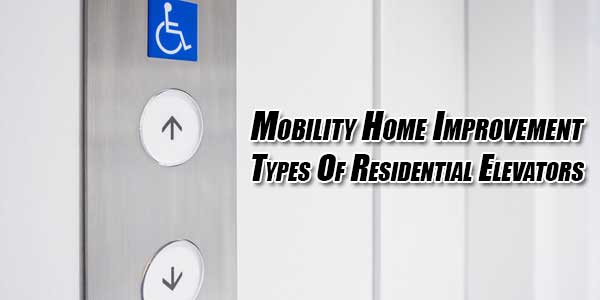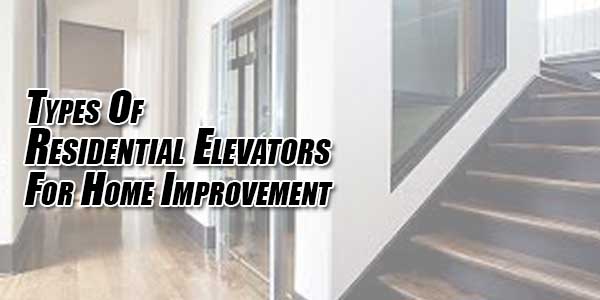
Home elevators are no longer limited to the realm of luxury. While installation for a residential elevator, and futuristic home elevators, range between $20,000-$40,000 depending on the type, they’re still now affordable solutions that are available to anyone, bringing value to the home and homeowner. Imagine not having to lug groceries or laundry upstairs every day. In North America, residential elevators must be built to specific code requirements that limit the speed, size, and capacity of them. A licensed dealer can help you decide on the right type of elevator installation for your home. Let’s take a look at some of the most common residential elevator types.
Table of Contents
Hydraulic Elevators:
Hydraulic elevators are the most common type of elevators installed in the home. They require a dedicated shaft and machine room for housing the elevator equipment. They can be attached to the outside of the home if you do not have enough interior space in the home.
Traction Drive Elevators:
These elevators are often still hydraulic elevators, but the equipment is hidden away, and only a rail can be seen. These elevators have a smaller footprint than most hydraulic elevators since they don’t need extra space for a machine room.

Pneumatic Elevators:
Unlike hydraulic and traction drive elevators, pneumatic elevators cannot be hidden in a wall. They function much like the little tubes you see at the bank to pass information back and forth between the teller and customer. A pneumatic pump uses air pressure to move the cab back and forth. As you can see, there are at least three major types of home elevators that can be installed. But there are also some regulations that must be followed.
Elevator Regulations:
Private elevators cannot be installed in any building with a public-facing outlet, even houses of worship. A commercial elevator and all of its regulations and requirements must be used. Additionally, residential elevators can travel up to 50′ depending on the model. The speed varies between manufacturers, but home elevator cabs usually travel between 20′ and 40′ per minute. The capacity for a home elevator averages around 1,000lbs, though some may be larger. Residential elevators need to have a phone keypad for safety, just in case it stops working. Doors must be controlled with electromagnetic locks for safety. Solid core doors are required at both ends. Door operators can be added to give some autonomy to the elevator installation.
Installation & Maintenance:
Professional elevator contractors can help you decide which type of elevator you should install in your home, based on your individual needs. Be sure to ask about any permits that may be required for adding an elevator to your home. Government inspection may also be a requirement, given the safety concerns involved with installing a private lift. If you have questions, please contact your local elevator specialist for help. They can also help you choose an elevator dependent on after installation maintenance costs, if that is a concern for you. These costs are not minimal, depending on the type of elevator you choose for your home.


















Be the first to write a comment.